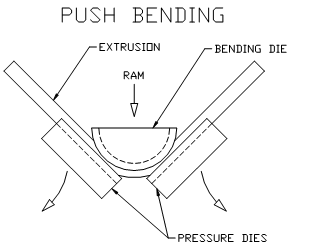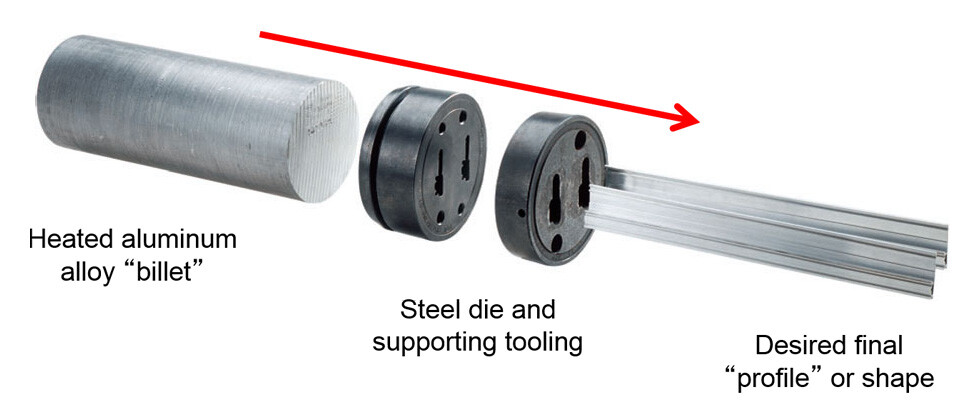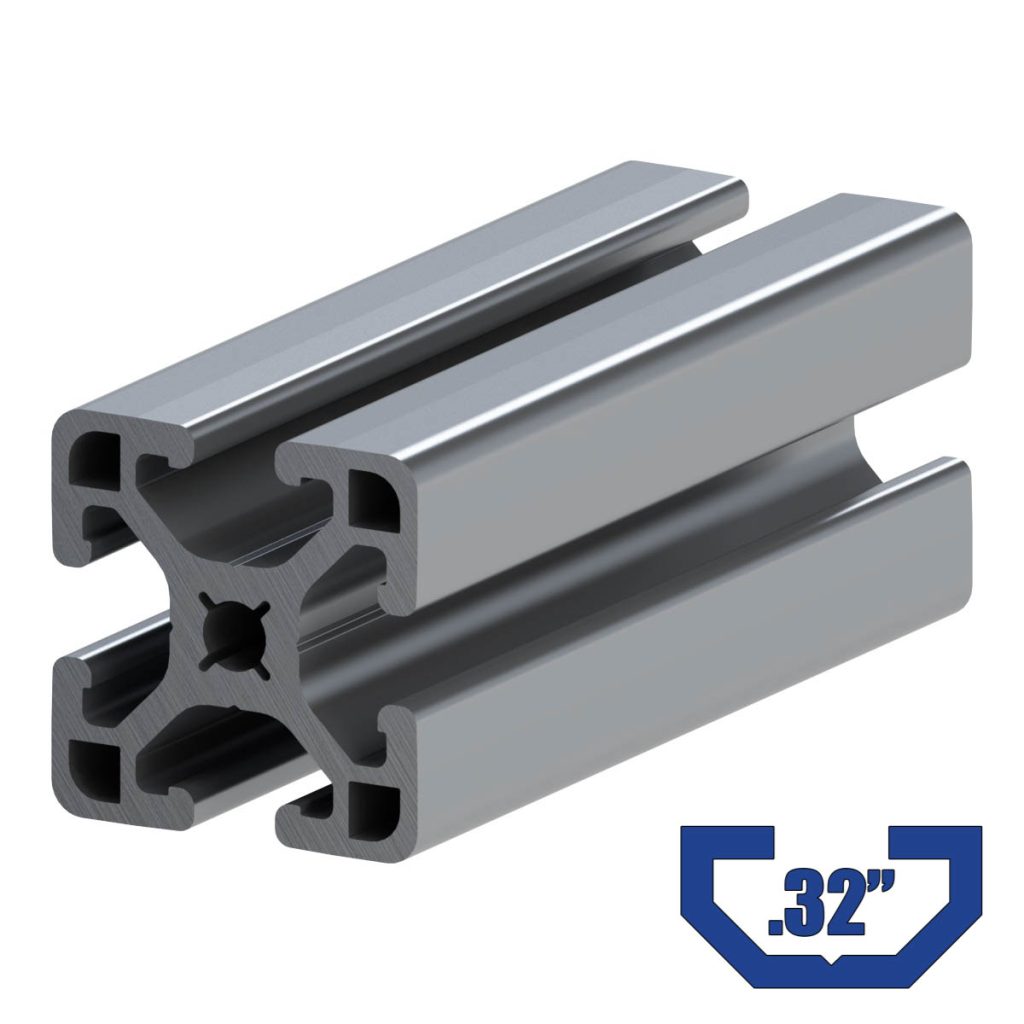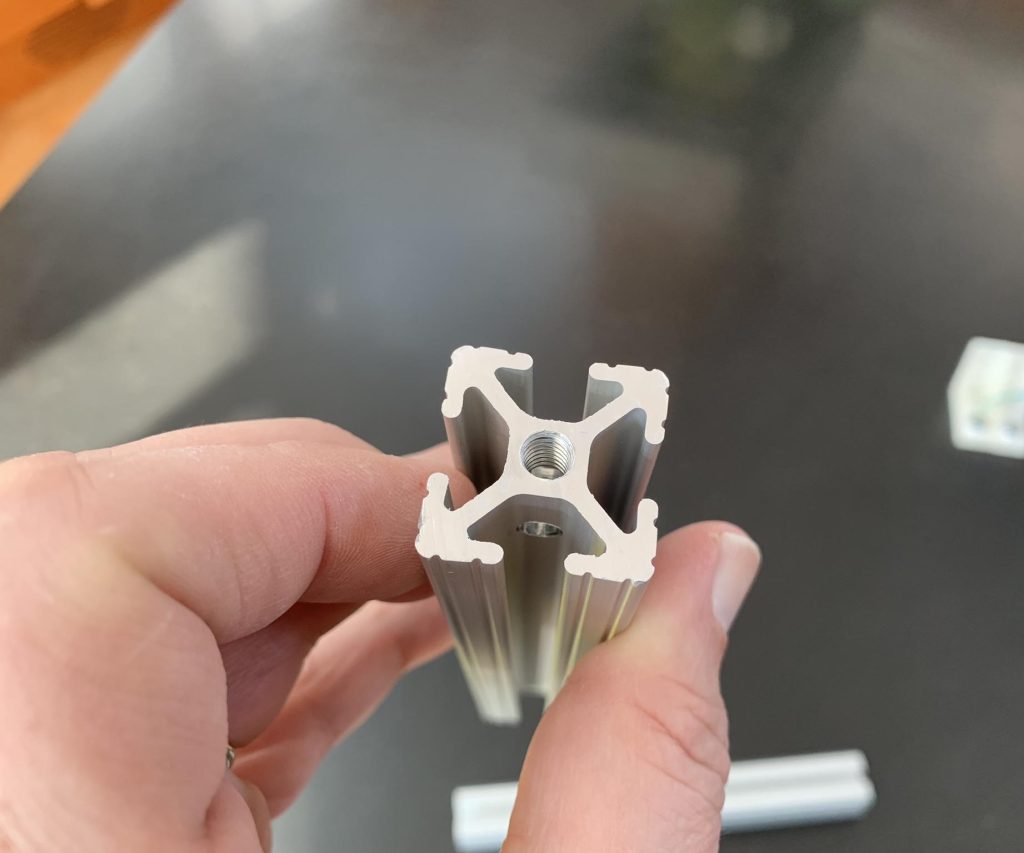Table of Contents
- How to Bend Aluminum Extrusions?
- Frequently Asked Questions
- What equipment do I need to bend aluminum extrusions?
- What are some common techniques for bending aluminum extrusions?
- What are some common mistakes to avoid when bending aluminum extrusions?
- What are the benefits of using aluminum extrusions in construction and manufacturing?
- What should I do if I encounter problems while bending aluminum extrusions?
Aluminum extrusions are versatile materials used in various industries, including construction, automotive, and manufacturing. However, shaping them to fit specific designs can be a daunting task. That’s where bending comes in. Bending aluminum extrusions can be challenging, but with the right tools and techniques, it can be done accurately and efficiently.
In this article, we will guide you through the process of bending aluminum extrusions step-by-step. From choosing the right equipment to understanding the different bending techniques, we will provide you with all the information you need to get started. So, whether you’re a DIY enthusiast or a professional fabricator, read on to learn how to bend aluminum extrusions like a pro.
How to Bend Aluminum Extrusions?
To bend aluminum extrusions, you’ll need a heat gun or a torch, a bending tool, and a clamp. Here’s how to do it in three easy steps:
- Secure the extrusion in the bending tool and clamp it in place.
- Heat the area you want to bend with the heat gun or torch.
- Apply pressure to the bending tool to bend the extrusion to the desired angle. Hold it in place until it cools.
How to Bend Aluminum Extrusions?
Aluminum extrusions are versatile and widely used in various industries. They are lightweight, durable, and easy to work with. However, bending aluminum extrusions can be a challenge, especially for those who are new to the process. In this article, we will guide you through the steps to bend aluminum extrusions like a professional.
Understanding Aluminum Extrusions
Before we dive into the process of bending aluminum extrusions, it is essential to understand what they are. Aluminum extrusions are long, hollow pieces of aluminum that are produced by forcing the metal through a die. The resulting shape can be used for a wide range of applications, from building frames to automotive parts. The most common shapes of aluminum extrusions are square, rectangular, and round.
The process of bending aluminum extrusions involves stretching the metal beyond its elastic limit. This causes the metal to deform and take on the desired shape. The key to successful bending is to ensure that the metal is heated to the correct temperature and bent slowly and evenly.
Types of Bending
There are two main types of bending aluminum extrusions: cold bending and hot bending. Cold bending involves bending the metal at room temperature, while hot bending involves heating the metal to a specific temperature before bending it.
Cold bending is suitable for small bends and simple shapes. It is relatively easy to do and requires minimal equipment. However, it is not suitable for large bends or complex shapes. Hot bending, on the other hand, is suitable for larger bends and more complex shapes. It requires specialized equipment and expertise but can produce high-quality results.
Cold Bending Aluminum Extrusions
To cold bend aluminum extrusions, you will need a bending machine, a mandrel, and a guide roller. The mandrel is a metal rod that is inserted into the extrusion to prevent it from collapsing during the bending process. The guide roller helps to ensure that the metal is bent evenly.
The first step in cold bending is to mark the bend line on the extrusion. Next, insert the mandrel into the extrusion and place it in the bending machine. Adjust the guide roller so that it is in line with the bend line. Slowly and evenly bend the extrusion to the desired angle.
Hot Bending Aluminum Extrusions
To hot bend aluminum extrusions, you will need a heating device, a bending machine, and a mandrel. The heating device can be a propane torch, an oven, or a furnace. The mandrel is inserted into the extrusion to prevent it from collapsing during the bending process.
The first step in hot bending is to heat the extrusion to the correct temperature. The temperature will depend on the alloy and thickness of the extrusion. Once the extrusion has reached the correct temperature, insert the mandrel and place it in the bending machine. Slowly and evenly bend the extrusion to the desired angle.
Benefits of Bending Aluminum Extrusions
Bending aluminum extrusions offers several benefits. Firstly, it allows for the creation of complex shapes that would be difficult or impossible to achieve with other materials. Secondly, it can reduce the number of joints required, which can improve the structural integrity of the final product. Finally, it can save time and money by reducing the need for additional components.
Aluminum Extrusions Vs Other Materials
Aluminum extrusions have several advantages over other materials, such as steel and plastic. Firstly, they are lightweight, which makes them easier to work with and transport. Secondly, they are corrosion-resistant, which makes them ideal for outdoor applications. Finally, they are highly customizable, which means that they can be tailored to specific requirements.
Conclusion
Bending aluminum extrusions can be a challenging but rewarding process. By following the steps outlined in this article, you can achieve professional results and create complex shapes that would be difficult or impossible to achieve with other materials. Whether you choose cold bending or hot bending, aluminum extrusions offer several benefits over other materials and can be tailored to specific requirements.
Frequently Asked Questions
Here are some commonly asked questions about bending aluminum extrusions.
What equipment do I need to bend aluminum extrusions?
In order to bend aluminum extrusions, you will need a few key pieces of equipment. First, you will need a bending machine. This machine will allow you to apply the necessary force to bend the aluminum extrusions into the desired shape. You will also need dies that are specifically designed for the shape and size of the extrusions you are working with. These dies will help to ensure that the bend is smooth and even. Finally, you will need safety equipment such as gloves and eye protection to prevent injury while working with the bending machine.
It is important to note that the specific equipment needed may vary depending on the size and shape of the aluminum extrusions you are working with, so it is important to consult with a professional or refer to the manufacturer’s guidelines for specific recommendations.
What are some common techniques for bending aluminum extrusions?
There are several techniques that can be used to bend aluminum extrusions, depending on the desired shape and the specific equipment being used. One common technique is rotary draw bending, in which the extrusion is clamped into a die and rotated around a bend die to create the desired angle. Another technique is roll bending, in which the extrusion is passed through a series of rollers to gradually bend it into the desired shape. Additionally, some bending machines use a mandrel, which is a rod inserted into the extrusion to prevent it from collapsing during the bending process.
It is important to select the appropriate technique for the specific extrusion being used, as well as to carefully monitor the bending process to ensure that the extrusion is not over-stressed or damaged during the bend.
What are some common mistakes to avoid when bending aluminum extrusions?
One common mistake when bending aluminum extrusions is applying too much force, which can cause the extrusion to crack or deform. It is important to carefully control the force applied during the bending process to prevent this from happening. Another mistake is not selecting the appropriate die for the specific shape and size of the extrusion being used. Using the wrong die can result in an uneven bend or damage to the extrusion. Finally, it is important to properly support the extrusion during the bending process to prevent it from bending or collapsing in unintended ways.
To avoid these and other common mistakes, it is important to carefully follow the manufacturer’s guidelines for the specific extrusion and bending equipment being used, as well as to have proper training and experience in using the equipment.
What are the benefits of using aluminum extrusions in construction and manufacturing?
Aluminum extrusions offer a number of benefits for use in construction and manufacturing. For one, they are lightweight and easy to work with, making them a popular choice for a variety of applications. They are also highly durable and resistant to corrosion and other forms of damage, making them ideal for use in harsh environments. Additionally, aluminum extrusions are highly customizable, with a range of shapes and sizes available to meet specific design needs. Finally, aluminum is a highly sustainable material that can be easily recycled, making it an environmentally friendly choice for many projects.
Overall, the benefits of using aluminum extrusions make them a popular choice for a wide range of applications in construction and manufacturing.
What should I do if I encounter problems while bending aluminum extrusions?
If you encounter problems while bending aluminum extrusions, it is important to stop the bending process immediately and assess the situation. Common problems may include cracking, deformation, or uneven bending. Depending on the severity of the problem, it may be possible to salvage the extrusion by trimming off any damaged portions and attempting to re-bend it. However, in some cases, it may be necessary to discard the extrusion and start over with a new piece.
To minimize the risk of encountering problems during the bending process, it is important to carefully follow the manufacturer’s guidelines for the specific extrusion and bending equipment being used, as well as to have proper training and experience in using the equipment. Additionally, it may be helpful to consult with a professional or refer to online resources for troubleshooting tips and advice.
In conclusion, bending aluminum extrusions can be a daunting task, but with the right tools and techniques, it can be done with ease. The key to a successful bend is to ensure that the aluminum is heated evenly and to the correct temperature. The use of a bending machine or a customized jig can also help to achieve the desired bend angle and prevent any damage to the extrusion.
Remember to always wear protective gear and handle the aluminum with care. It is also important to check the specifications of the extrusion to ensure that it can be safely bent without compromising its structural integrity.
By following these guidelines and practicing the techniques, you can become proficient in bending aluminum extrusions and create precise and intricate designs for various applications. So, don’t be afraid to experiment and explore the possibilities of this versatile material. With patience and practice, you can master the art of bending aluminum extrusions and take your fabrication skills to the next level.
Request a quote today!
[contact-form-7 id="1578" title="Contact form"]
Please compress the file into a ZIP or RAR file before uploading. Alternatively, send through your RFQ by email.
enquires@unitymanufacture.com





